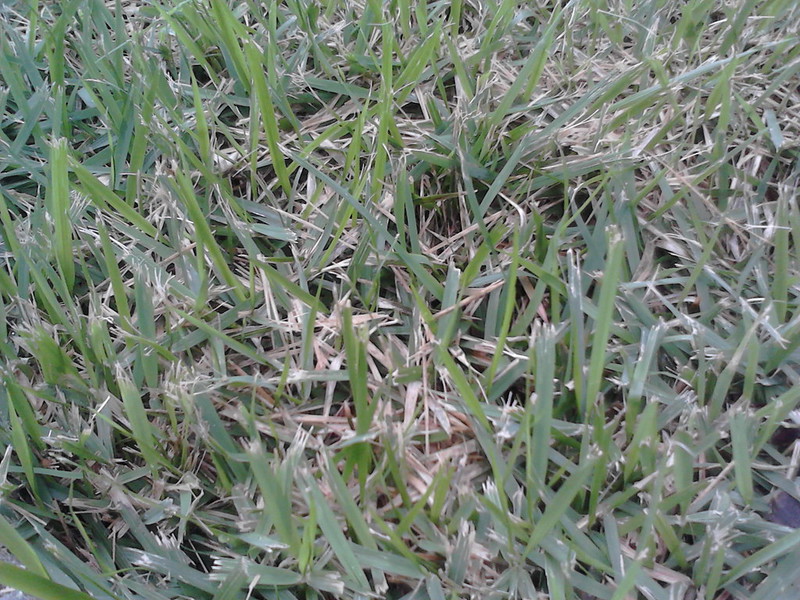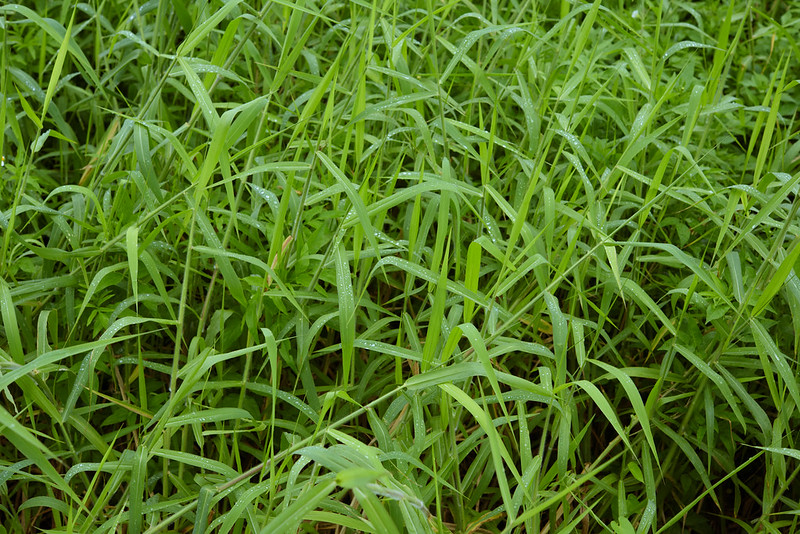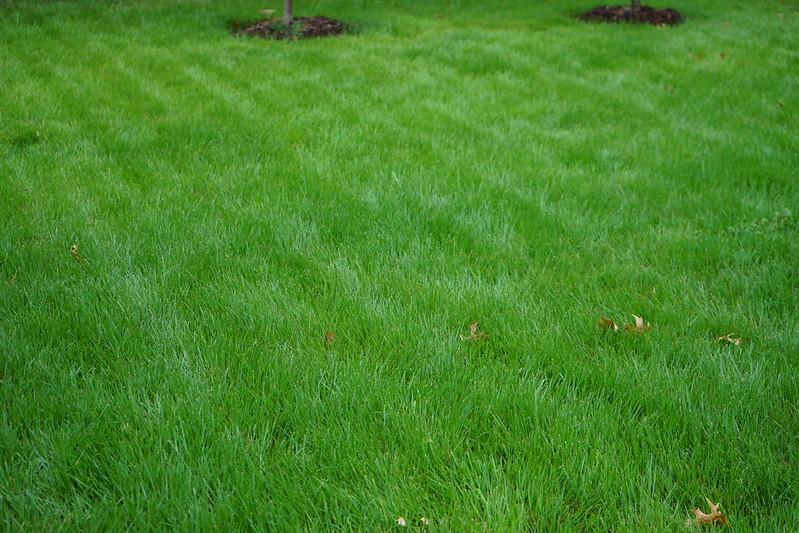Zoysia grass is a type of warm-season grass that belongs to the Poaceae family. It is commonly used to create lawns, golf courses, and sports fields due to its lush appearance, durability, and adaptability to different soil types.
Zoysia grass is known for its fine texture, dense growth, and ability to withstand hot and dry weather conditions.
There are several cultivars of Zoysia grass each with their unique characteristics, but all can form a dense, carpet-like turf when established correctly.
This type of grass is popular in areas with warm climates and is valued for its ability to create an attractive and resilient lawn in appearance.
Zoysia grass is a popular choice for homeowners and professional landscapers alike. Whether you’re new to lawn care or an experienced gardener.
Choosing the Right Variety of Zoysia Grass
Before diving into the planting process, it’s crucial to select the right variety of Zoysia grass for your specific needs.
There are several popular cultivars to choose from, each with its unique characteristics. Here are a few common options:
Zoysia japonica: Also known as Japanese Zoysia, this variety is a great choice for warm-season grass enthusiasts. It exhibits excellent drought tolerance and thrives in areas with hot summers.

Zoysia matrella: Known as Manila grass or Korean grass, this variety forms a dense, carpet-like turf. It is often used on golf courses and sports fields due to its ability to withstand heavy traffic.

Zoysia tenuifolia: Commonly referred to as Korean velvet grass or Mascarene grass, this variety features a striking appearance with its fine, wiry texture. It is best suited for ornamental purposes and requires minimal mowing.

Consider factors such as your climate, desired lawn appearance, and intended usage when choosing the right variety of Zoysia grass for your landscape.
Care of Soil Preparation Zoysia Grass
Now that you’ve selected the ideal variety of Zoysia grass, it’s time to prepare your soil for planting. Proper soil preparation is essential for ensuring the healthy growth and development of your grass. Follow these steps to get your soil ready:
Test your soil: Start by testing your soil’s pH level and nutrient content. Zoysia grass thrives in slightly acidic to neutral soil, with a pH range of 6 to 7. Conduct a soil test using a DIY kit or send a sample to a local extension office for analysis.
Amend the soil: Depending on the results of the soil test, you may need to amend your soil to create the optimal conditions for Zoysia grass.
If the pH is too low, add lime to raise it. Conversely, if the pH is too high, add elemental sulfur. Incorporate organic matter like compost or peat moss to improve soil structure and fertility.
Remove debris: Clear the area of any debris, rocks, or weeds. Use a rake or a garden tiller to loosen the top layer of soil. Remove any perennial weeds or grass to prevent competition with the Zoysia grass.
The success of your Zoysia grass largely depends on the condition of your soil. Taking the time to adequately prepare it will ensure a healthy foundation for your lawn.
Planting Seeds Zoysia Grass
With the soil fully prepared, it’s time to start planting seeds of your Zoysia grass. Follow these steps for a successful planting process:
Choose the right time: Zoysia grass Seeds are best planted in late spring or early summer when the soil is warm.
The warm soil temperature promotes faster germination and growth. Avoid planting in late fall or winter, as the grass may not establish properly.
Measure and mark: Measure the size of the area where you’ll be planting and mark the boundaries using stakes and string. This will help you calculate the amount of seed or sod needed.
Seed or sod: Decide whether you want to plant Zoysia grass from seed or sod. Sod offers instant results and is perfect for those seeking a quick transformation.
On the other hand, seed planting allows for a greater variety of choices and is more budget-friendly. Choose the method that aligns with your preferences and budget.
Seed planting: If you opt for seed planting, spread the seeds evenly using a seed spreader. Lightly rake the seeds into the soil and roll or tamp the area to ensure good seed-to-soil contact. Water thoroughly and keep the soil consistently moist until the grass is established.
Sod installation: For sod installation, begin by preparing the area by removing any weeds or debris. Lay the sod in a brickwork pattern, ensuring tight seams.
Roll the sod to establish good contact with the soil. Water immediately after installation, and make sure to water regularly to keep the sod moist while it establishes.
Watering and Fertilizing Zoysia Grass
Once your Zoysia grass is planted, proper watering and fertilizing are crucial for its ongoing health and vitality. Here are some important considerations:
Watering: Zoysia grass is moderately drought-tolerant once established, but it requires consistent moisture during its establishment period.
Water deeply and infrequently, providing about 1 inch of water per week. Water in the early morning to allow the grass blades to dry before nightfall, reducing the risk of disease.
Fertilizing: Zoysia grass thrives in nutrient-rich soil. Fertilize your lawn following the instructions on the product label or consult a professional landscaper for guidance.
Apply a balanced slow-release fertilizer in early spring, when the grass starts to green up. Avoid excessive fertilization, as it can lead to thatch buildup and other issues.

Mowing and Weed Control
Maintaining the proper mowing height and controlling weeds are important components of Zoysia grass care. Follow these tips to optimize your lawn’s health:
Mowing height: Zoysia grass should be mowed to a height of 1 to 2 inches. Avoid cutting the grass too short, as it can weaken the turf and make it more susceptible to pests and diseases. Regular mowing is key to maintaining a dense and healthy lawn.
Weed control: Zoysia grass has good natural weed suppression capabilities, but occasional weeds may still appear. Hand-pull any visible weeds, and use herbicides sparingly and as directed. Consult a professional if you’re dealing with persistent weed problems.
Winter Care for Zoysia Grass
During the winter months, Zoysia grass enters into a dormant state. Although it turns brown, this is a natural occurrence and should not cause concern. Here are a few tips for winter care:
Remove debris: Clear the lawn of any debris, leaves, or clippings before winter sets in. This prevents potential pest or disease issues during dormancy.
Avoid foot traffic: Refrain from walking on frozen or dormant Zoysia grass. Foot traffic can cause damage to the grass blades and the crowns beneath the surface.
Limit watering: Reduce watering during winter, as the grass does not require as much moisture. However, make sure to water if your area experiences extended dry periods.
Conclusion
Congratulations! You now have the knowledge required to successfully plant, grow, and care for Zoysia grass.
By selecting the right variety, preparing the soil, providing proper watering and fertilization, and practicing regular maintenance, you can enjoy a beautiful and resilient lawn year-round.
So go ahead, unleash the full potential of your outdoor space with Zoysia grass, and create an inviting landscape that will be the envy of your neighbors. Happy gardening!
FAQs
Where does Zoysia grass grow best?
Zoysia grass grows best in warm climates with temperatures between 80-95°F (27-35°C). It thrives in regions with full sun exposure and is well-suited for zones 5-10 in the United States.
What is the downside to zoysia?
The main downside to Zoysia grass is its slow establishment compared to some other grass types. It may take a longer time to spread and fully cover an area. Additionally, in cooler climates, Zoysia may go dormant and turn brown during winter.
Is Zoysia better than Bermuda?
The choice between Zoysia and Bermuda grass depends on specific preferences and local conditions. Zoysia is known for its dense, fine texture and shade tolerance, while Bermuda grass is valued for its rapid growth and excellent heat tolerance.
Each grass type has its strengths, and the best choice may vary based on factors like climate, maintenance preferences, and intended use.
What does Zoysia grass do?
Zoysia grass serves as a popular choice for lawns, golf courses, and sports fields. It creates a lush and dense turf, offering a visually appealing and durable surface. Its ability to tolerate heat and drought makes it suitable for regions with warm climates.
How long should Zoysia grass be?
The recommended mowing height for Zoysia grass is typically between 1 to 2 inches (2.5 to 5 cm). However, specific mowing heights can vary based on the Zoysia cultivar and local growing conditions. Regular mowing helps maintain a healthy lawn and promotes the desired appearance.
